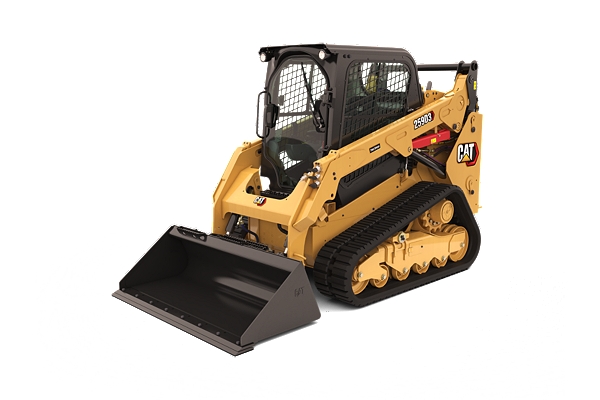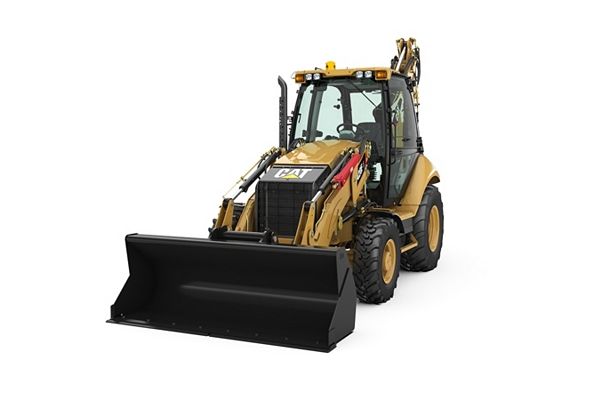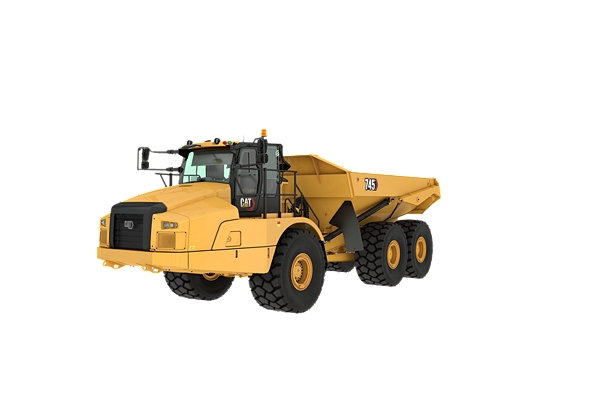Find the Best Rental Company Near Me for Equipment
Find the Best Rental Company Near Me for Equipment
Blog Article
Leasing Vs. Acquiring Construction Tools: Making the Right Choice for Your Job
When embarking on a building task, one of the vital decisions that predict supervisors and stakeholders encounter is whether to rent or acquire building devices. The decision pivots on various aspects such as expense factors to consider, project period, equipment upkeep, risk, scalability, and flexibility monitoring.
Cost Factors To Consider
When evaluating the financial facet of buying versus leasing building and construction equipment, the long-term costs and in advance costs have to be very carefully taken into consideration. Renting out tools typically needs reduced initial repayments contrasted to purchasing, making it an appealing choice for short-term jobs or specialists with budget plan restraints. Renting out removes the demand for big funding investments and decreases the economic threat related to equipment possession, such as upkeep and depreciation expenses. Nevertheless, in the future, constantly renting out tools can build up higher expenses than buying, particularly for prolonged tasks.
On the other hand, acquiring building devices includes higher in advance costs yet can lead to lasting cost savings, specifically for constant customers or long-lasting tasks. Possessing equipment provides adaptability, benefit, and the possibility for resale value once the project is finished. Additionally, possessing tools permits personalization and familiarity with details machinery, potentially enhancing efficiency and efficiency on-site. Eventually, the decision between getting and renting out building devices rests on the task's period, regularity of usage, spending plan considerations, and long-term financial objectives.
Project Duration

Conversely, for lasting jobs or ongoing construction job, acquiring tools might be the extra economical option. Acquiring devices can cause set you back financial savings in the future, especially if the equipment will certainly be regularly made use of. Moreover, owning tools offers a feeling of control over its accessibility and enables customization to fit certain job requirements.

Devices Upkeep
Offered the essential duty job period plays in determining one of the most economical method in between renting out and purchasing construction devices, the emphasis currently shifts towards taking a look at the crucial element of equipment maintenance. Proper maintenance is important for making certain the optimal performance and longevity of building and construction tools. Renting out equipment typically includes the advantage of having well-kept equipment supplied by the rental business. This can ease the problem of maintenance jobs from the job proprietor or service provider, saving time and a backhoe effort. On the various other hand, owning tools requires an aggressive strategy to maintenance to avoid breakdowns, guarantee security, and expand the equipment's life-span. Routine assessments, servicing, and timely repairs are needed to keep owned and operated devices in top functioning problem. Consider upkeep prices when choosing between leasing and purchasing, as neglecting maintenance can bring about costly fixings, downtime, and project hold-ups. Inevitably, a well-kept construction tools fleet, whether leased or had, is necessary for the effective and effective completion of building jobs.
Adaptability and Scalability
In the world of building and construction devices monitoring, the element of flexibility and scalability holds considerable importance for project effectiveness and resource application. Opting to rent construction tools provides a high level of flexibility as it permits for the fast change of devices kinds and amounts based on the evolving needs of a job.
In addition, scalability, an additional crucial element, is naturally linked to adaptability. Renting construction tools provides the benefit of quickly scaling procedures up or down as job needs vary. Contractors can promptly exchange or add tools to match the task's altering requirements without the restraints of owning assets that may end up being underutilized or out-of-date. This ability to range sources efficiently can lead to cost savings and enhanced project timelines, making renting a favorable choice for tasks requiring versatility and receptive resource allocation.
Danger Monitoring
Effective risk monitoring in construction equipment operations here is paramount to guaranteeing task success and mitigating prospective monetary losses. Building projects naturally include numerous risks, such as tools malfunctions, accidents, and task delays, which can significantly influence the job timeline and budget. By meticulously thinking about the risks connected with owning or renting out building tools, job supervisors can make educated decisions to minimize these possible risks.
Leasing building and construction equipment can use a level of danger reduction by transferring the obligation of upkeep and repair work to the rental business. This can lower the monetary burden on the project owner in situation of unexpected devices failings (equipment rental company). Additionally, renting out provides the flexibility to access specialized tools for specific job phases, minimizing the danger of possessing underutilized equipment
On the various other hand, owning construction devices provides a sense of control over its usage and upkeep. Nonetheless, this likewise suggests bearing the complete duty for repair services, upkeep prices, and devaluation, raising the economic dangers associated with devices possession. Careful danger evaluation and factor to consider of variables such as task duration, tools usage, and upkeep demands are critical in figuring out one of the most appropriate option for effective threat monitoring in building and construction jobs.
Final Thought
To conclude, when making a decision in between buying and renting out construction equipment, it is necessary to take into consideration price, job duration, tools upkeep, scalability, versatility, and risk management. Each aspect plays a vital function in identifying one of the most appropriate option for the task handy. By meticulously reviewing these aspects, task managers can make an enlightened decision that straightens with their spending plan, timeline, and overall task goals.

Report this page